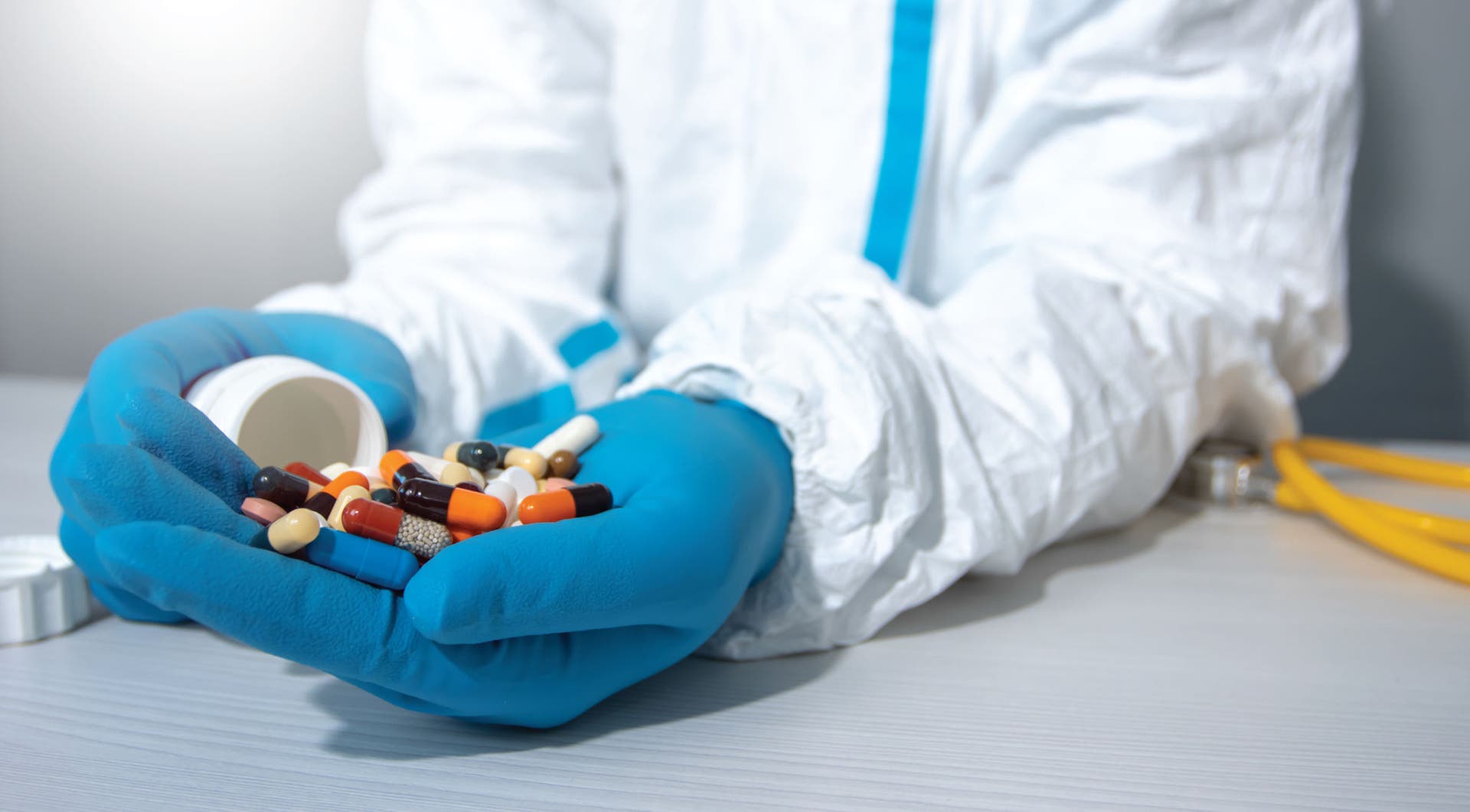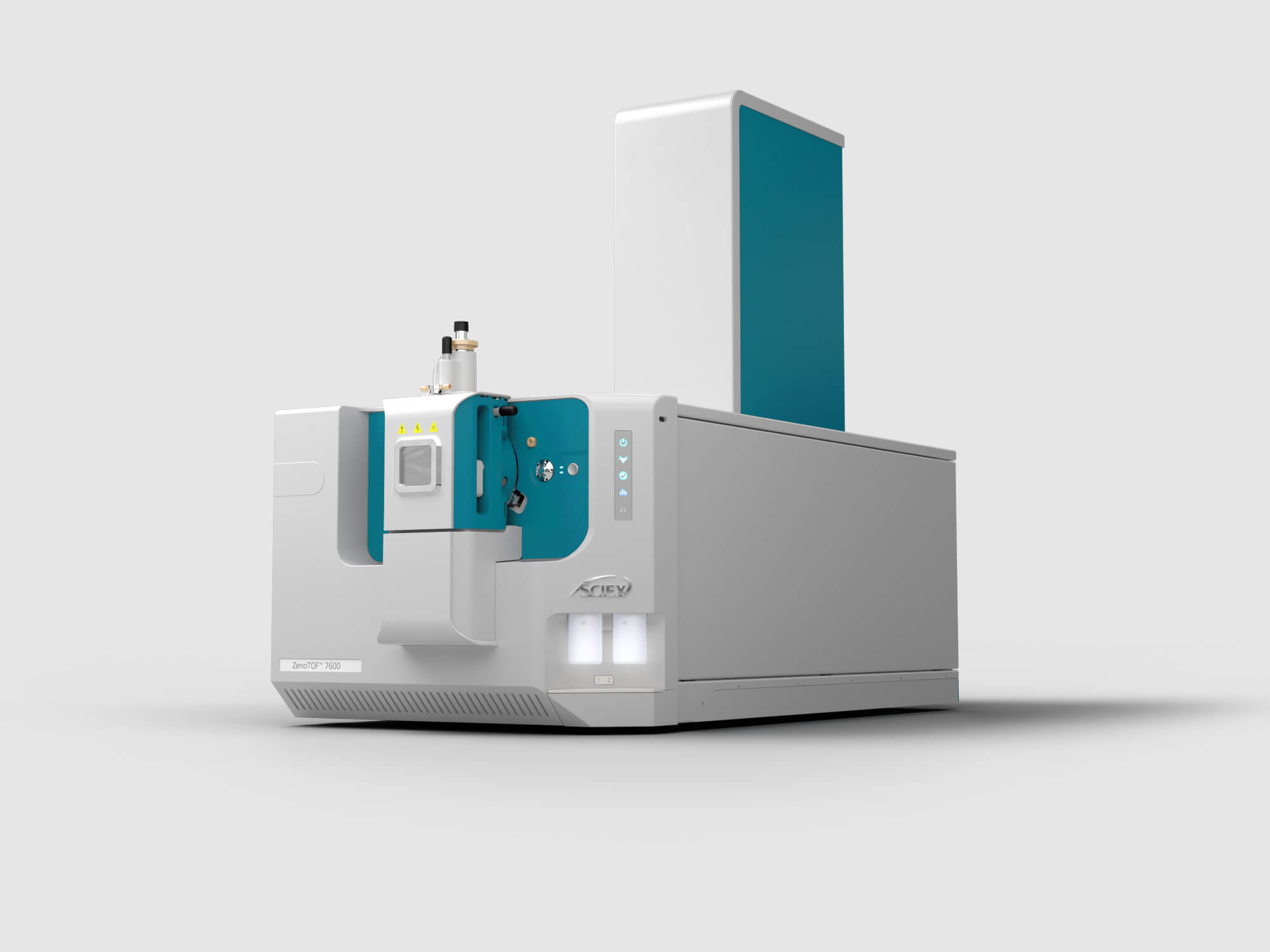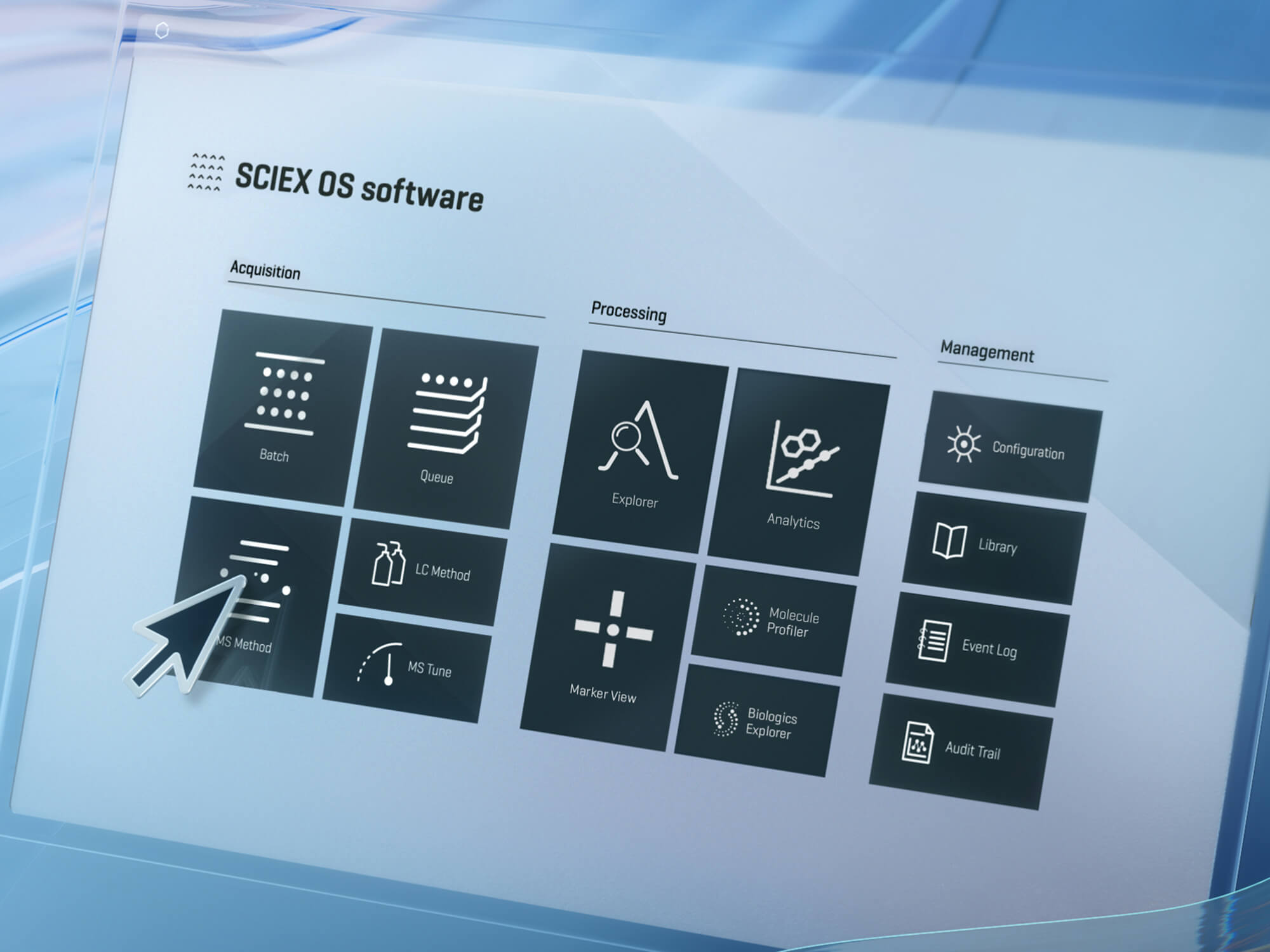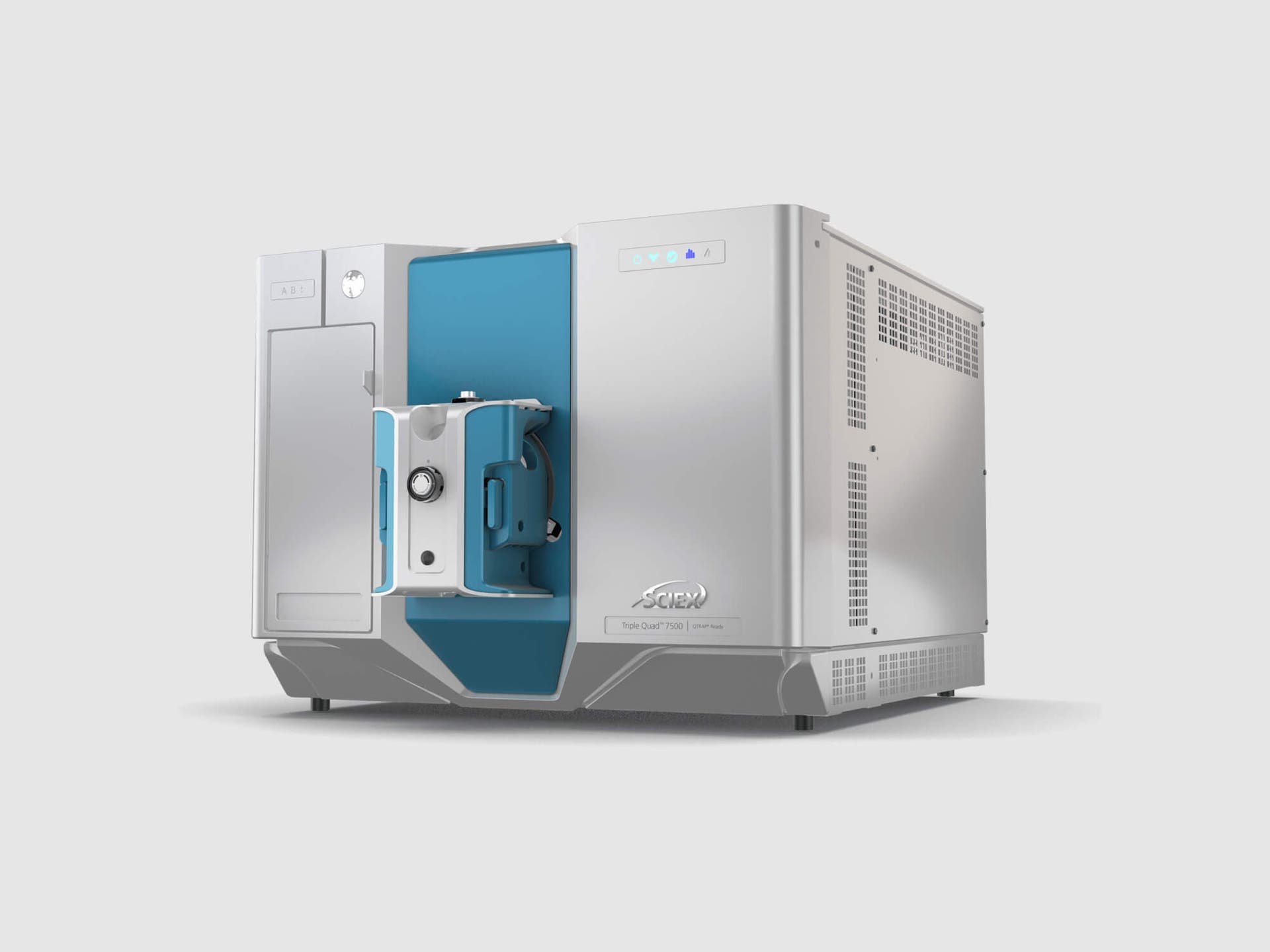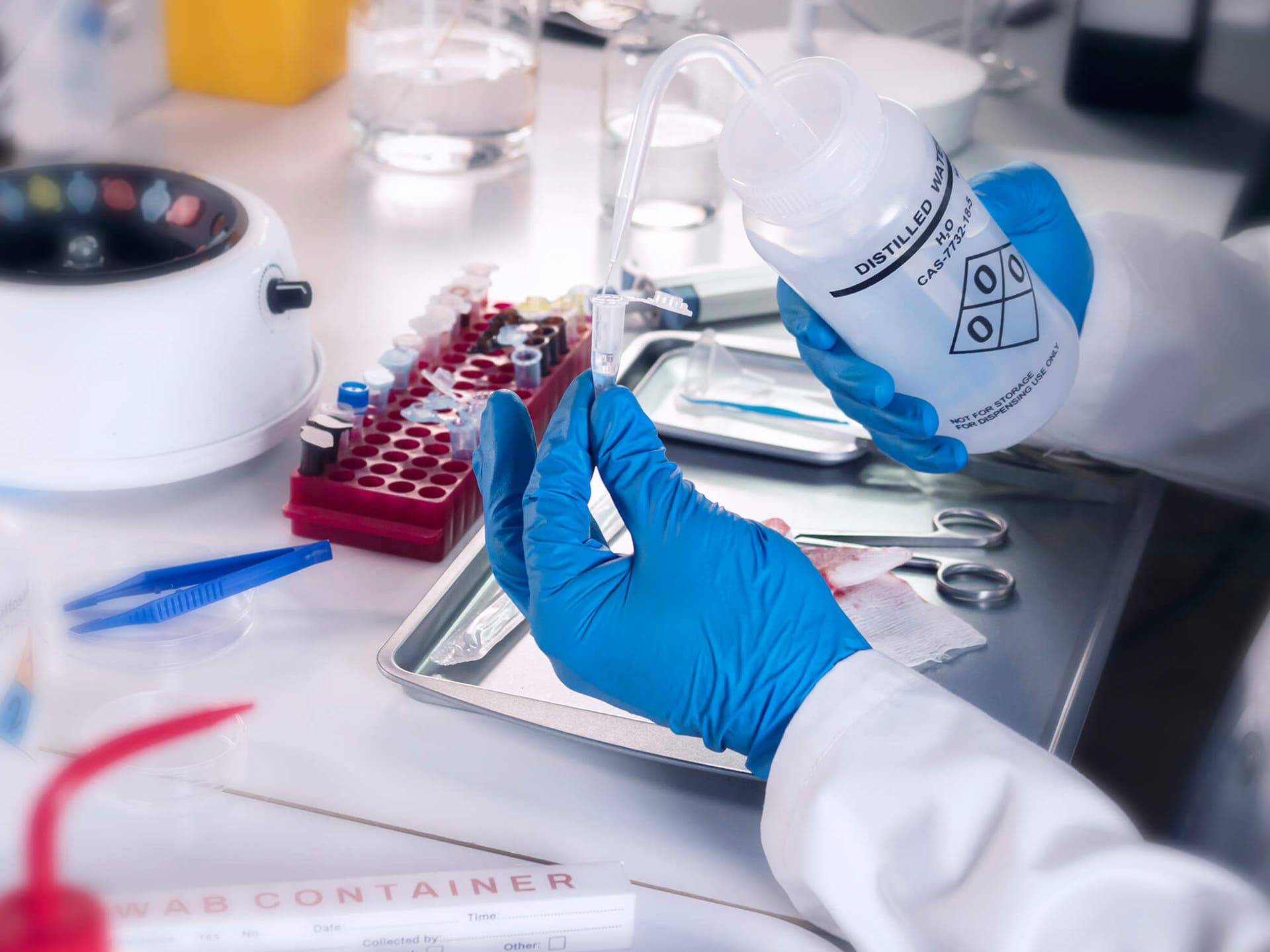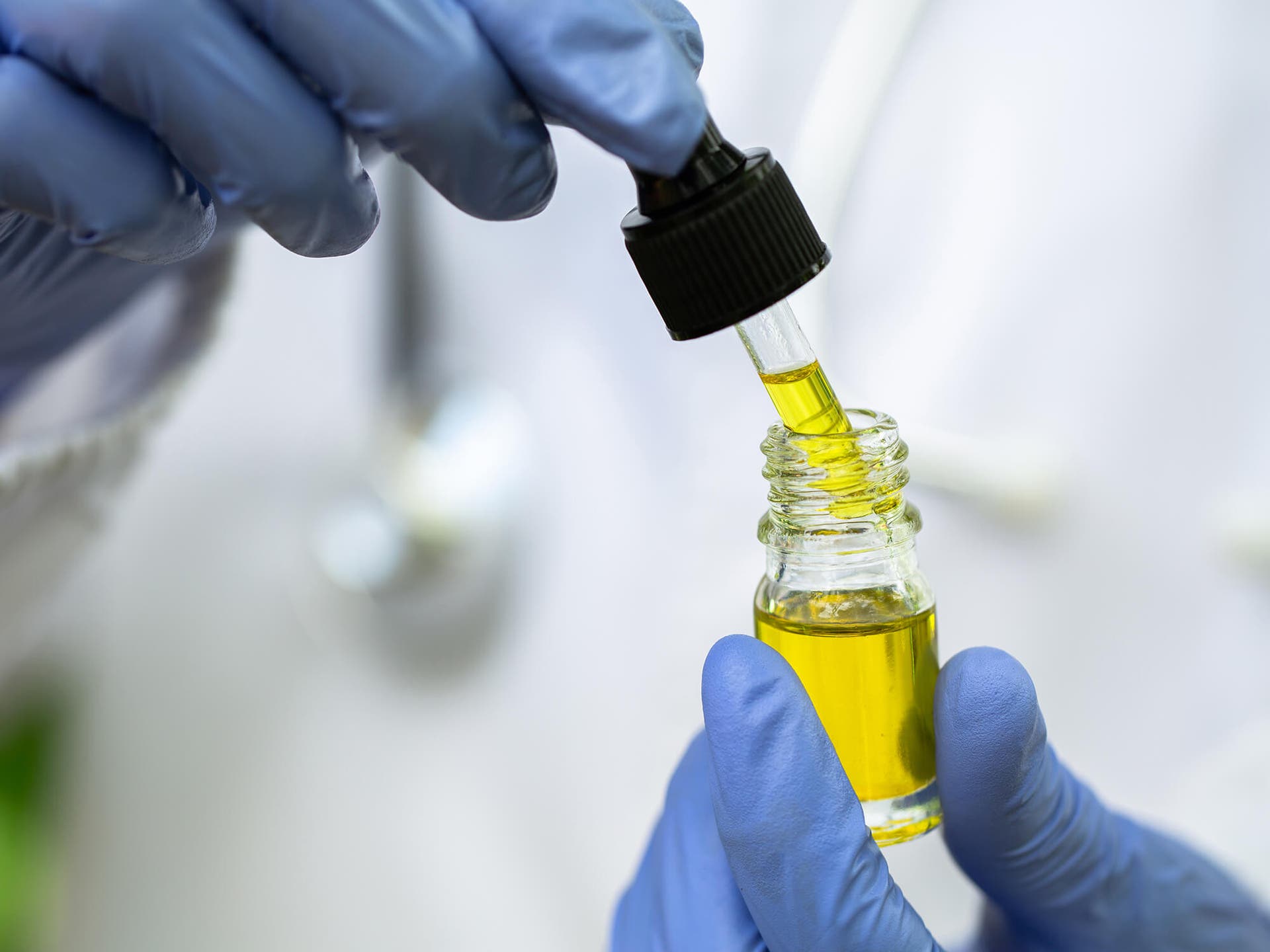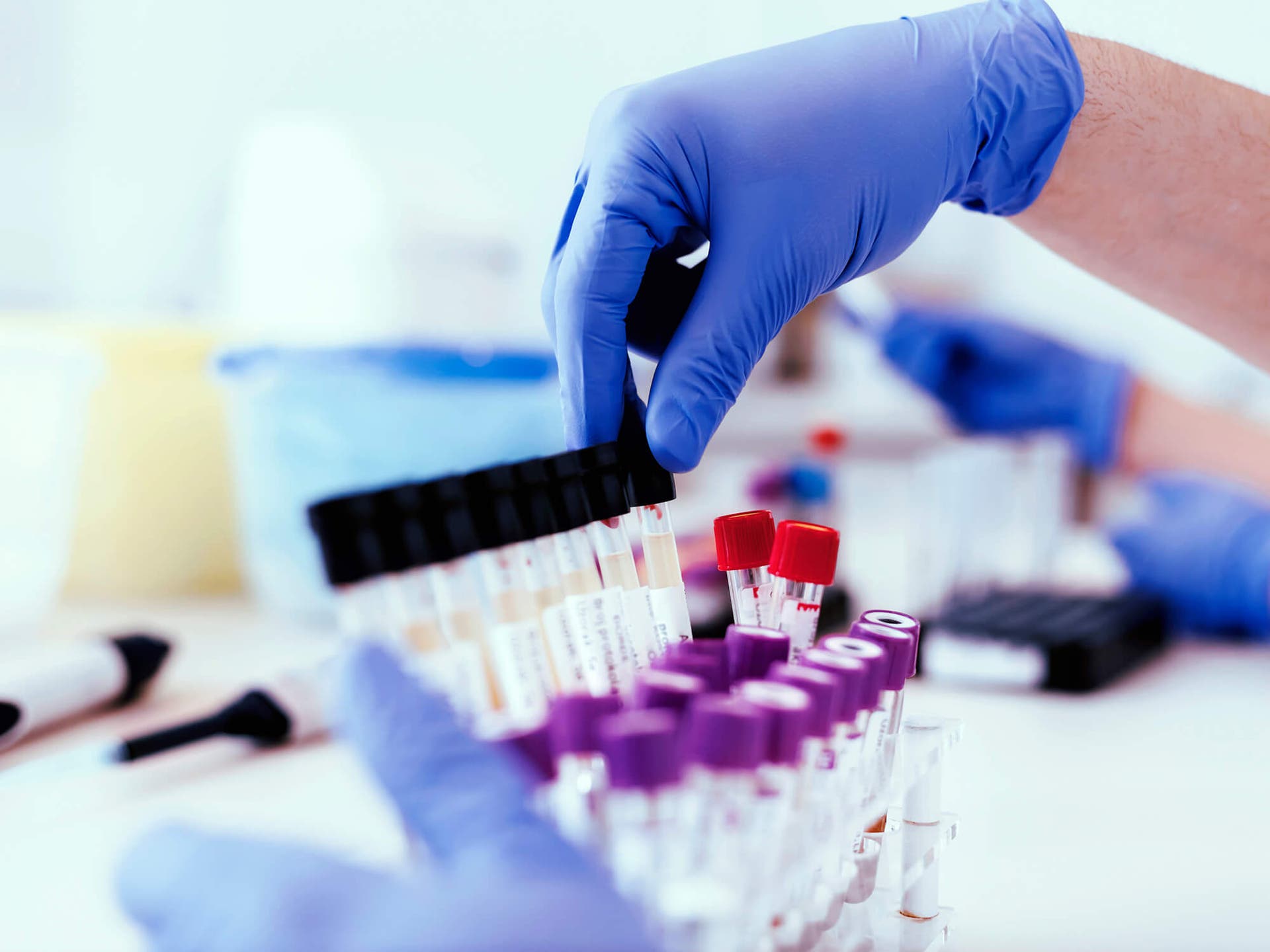The emergence of novel psychoactive substances (NPS) on the recreational drug market continues to pose a significant challenge for law enforcement and drug tracking agencies. NPS are a diverse group of synthetic substances designed to mimic the effects of conventionally controlled substances and are often used as adulterants in heroin and counterfeit preparations. NPS vary greatly in potency and purity, often requiring only a small amount to cause acute intoxications. Their increased occurrence in drug cases has resulted in a drastic rise in intoxications and accidental fatalities, posing serious public health risks and legal challenges. As more of these NPS emerge on the illegal drug market, timely screening approaches for accurately detecting and identifying these substances are needed.
LC-MS/MS has become the preferred method for NPS analysis over traditional techniques as it provides the sensitivity, speed and confidence required to reliably identify and quantify NPS and other novel synthetic drugs of abuse present in a variety of complex matrices. Whether you are performing unknown screening to identify novel NPS or quantifying these substances and their metabolites as part of an NPS panel, LC-MS/MS enables both the level of identification confidence and quantitation performance with far greater sensitivity and specificity than previously used techniques. Learn about the latest advances in LC-MS/MS instruments, workflows and integrated software solutions from SCIEX for reliable NPS screening, identification, and quantitation. The information here will provide you with innovative solutions and comprehensive resources to guide your laboratory toward success with NPS analysis.
